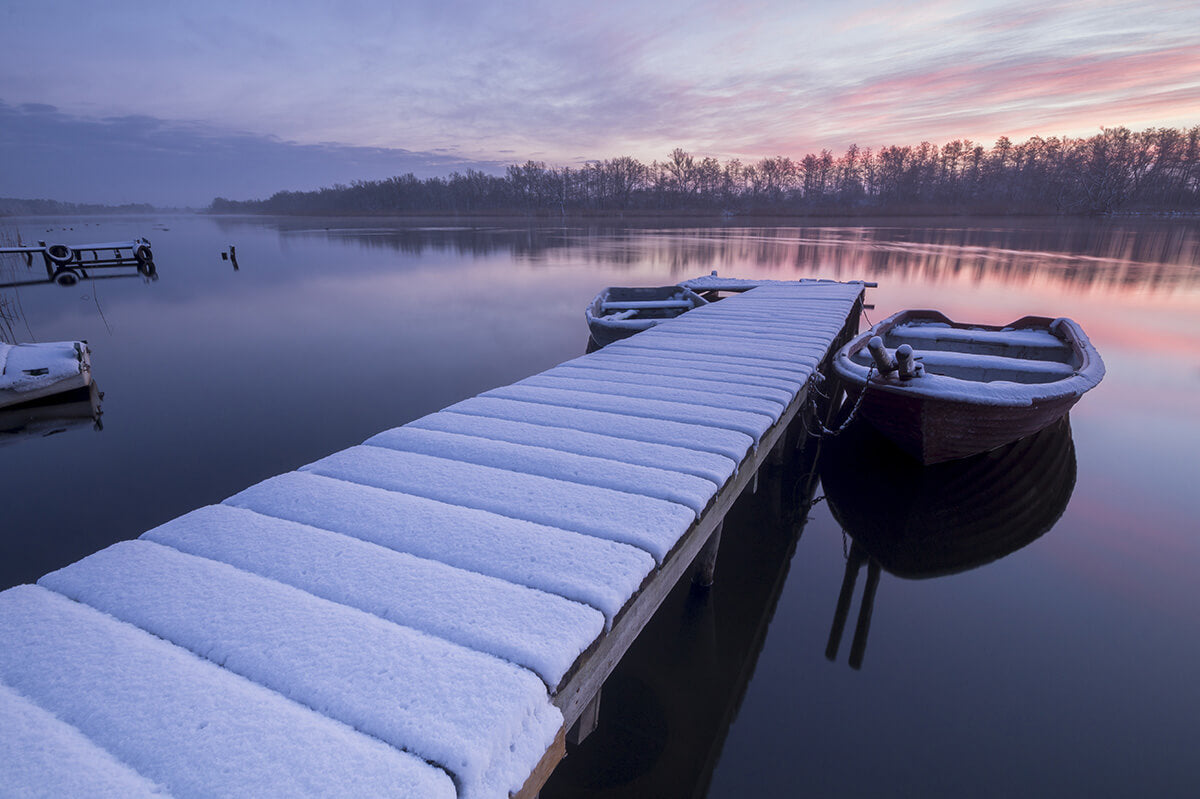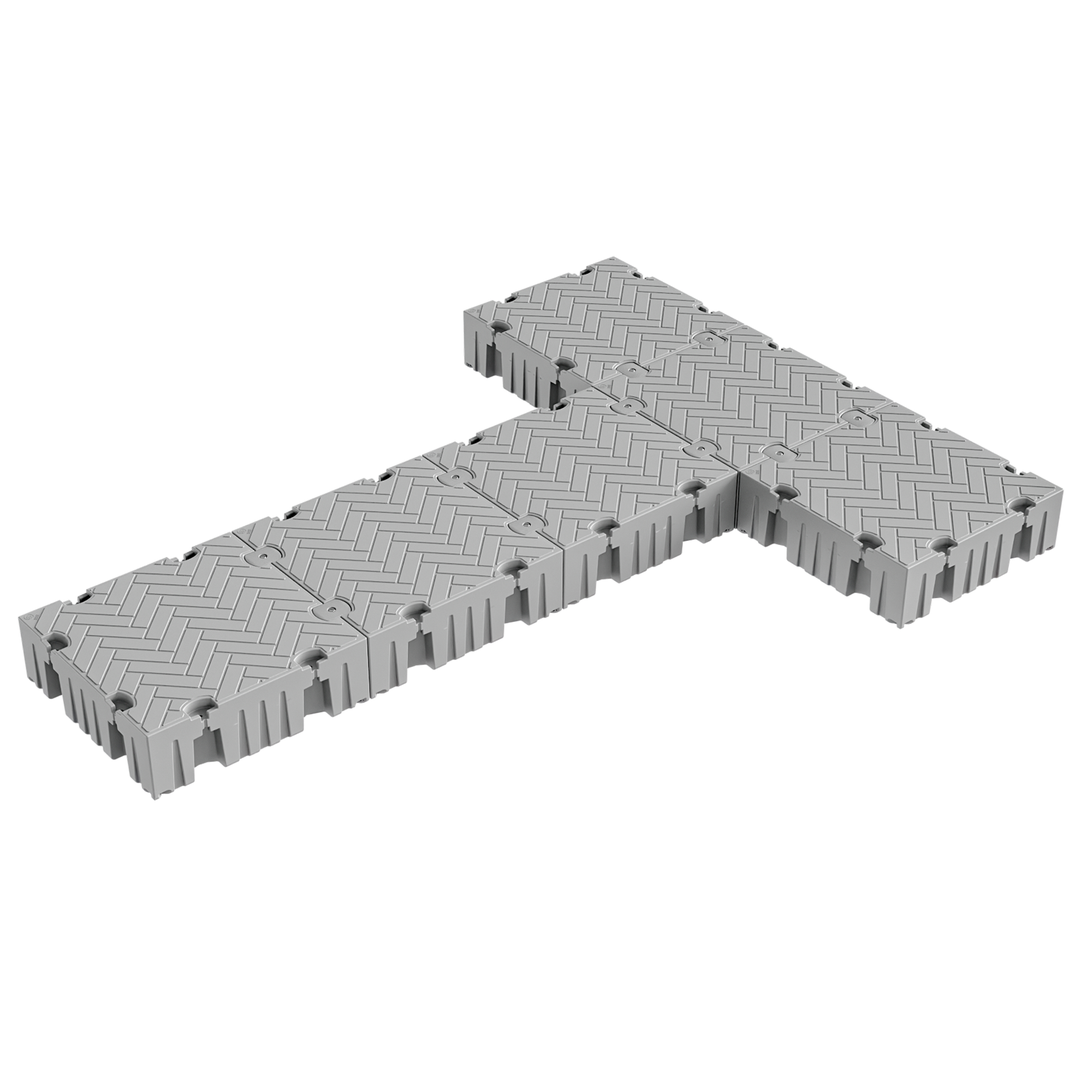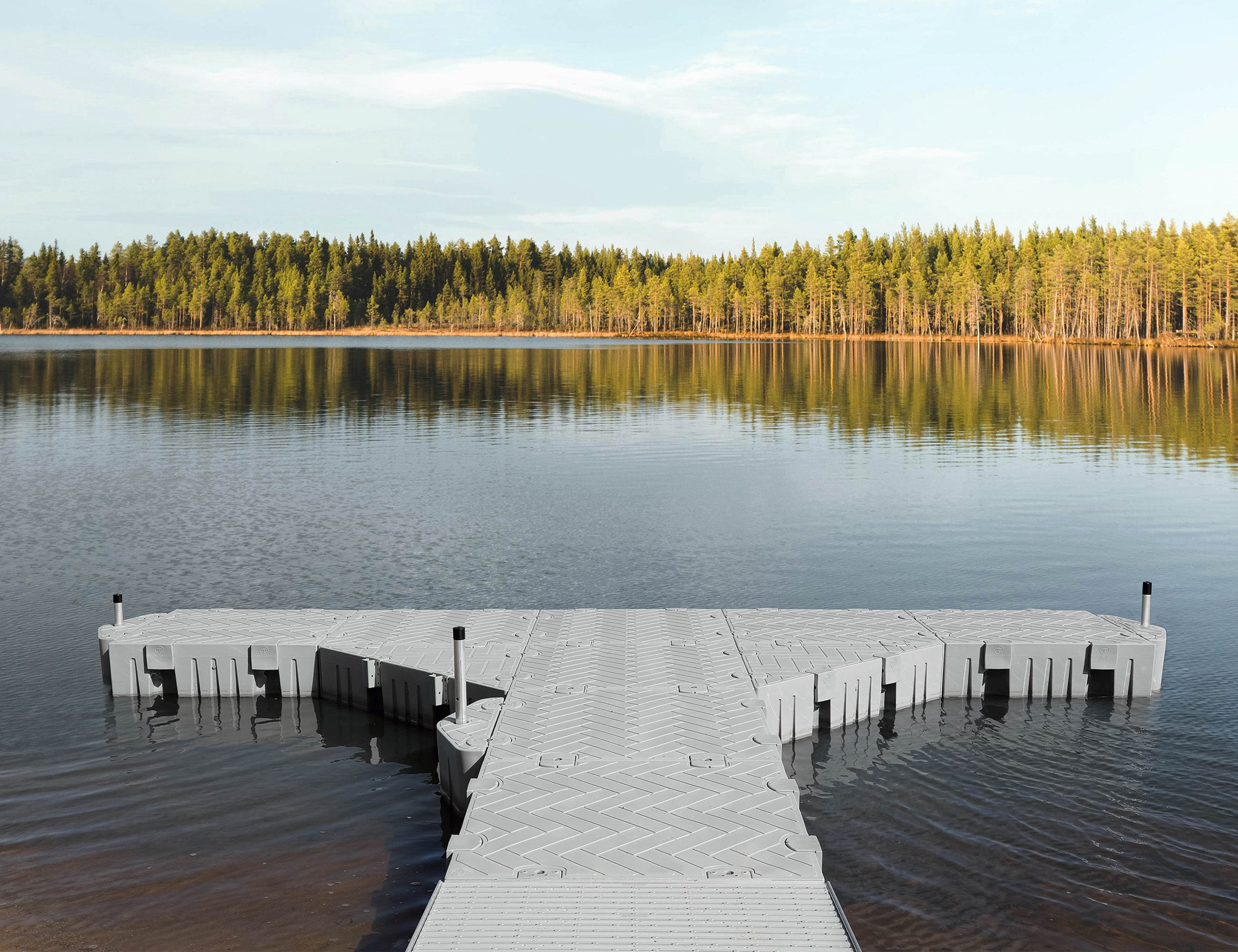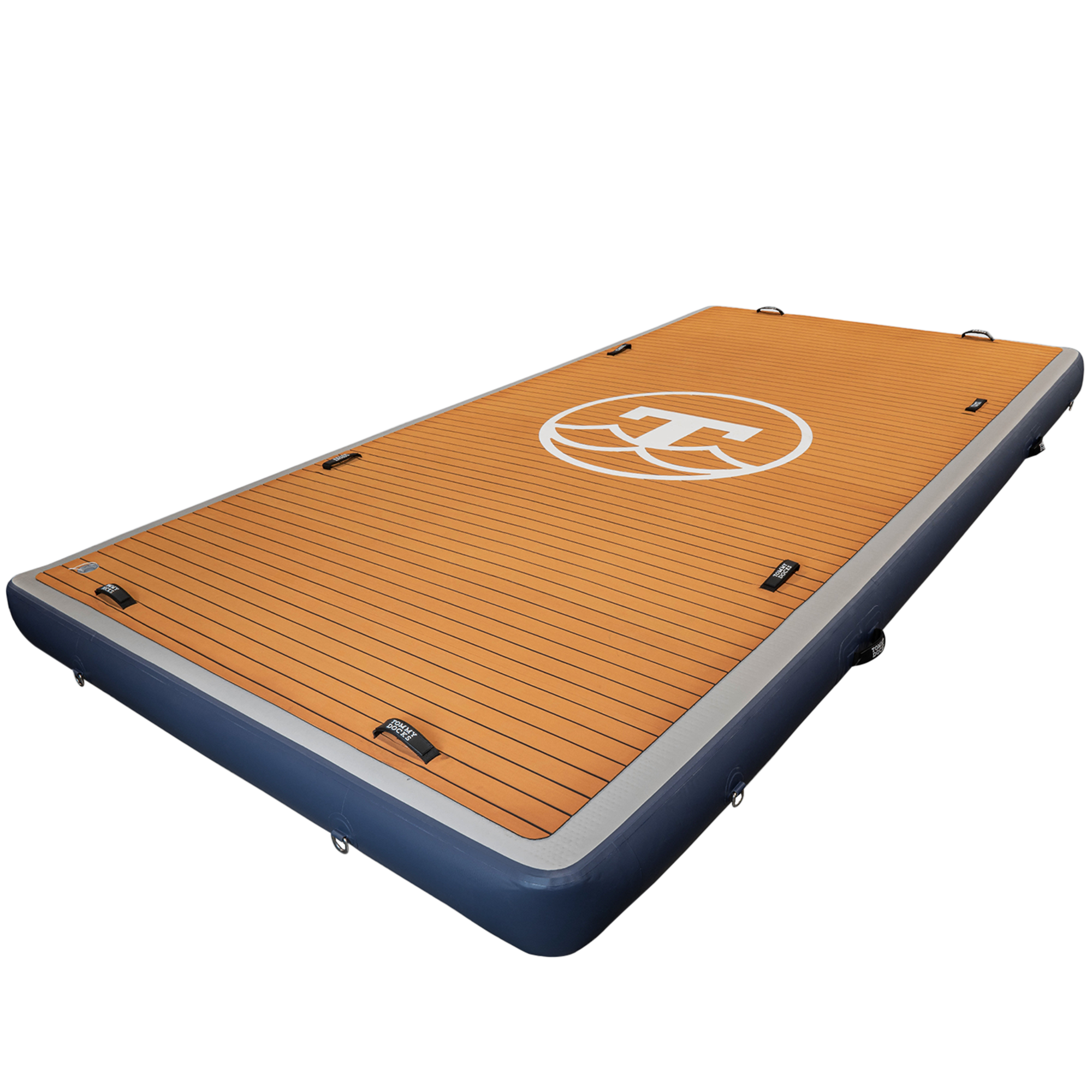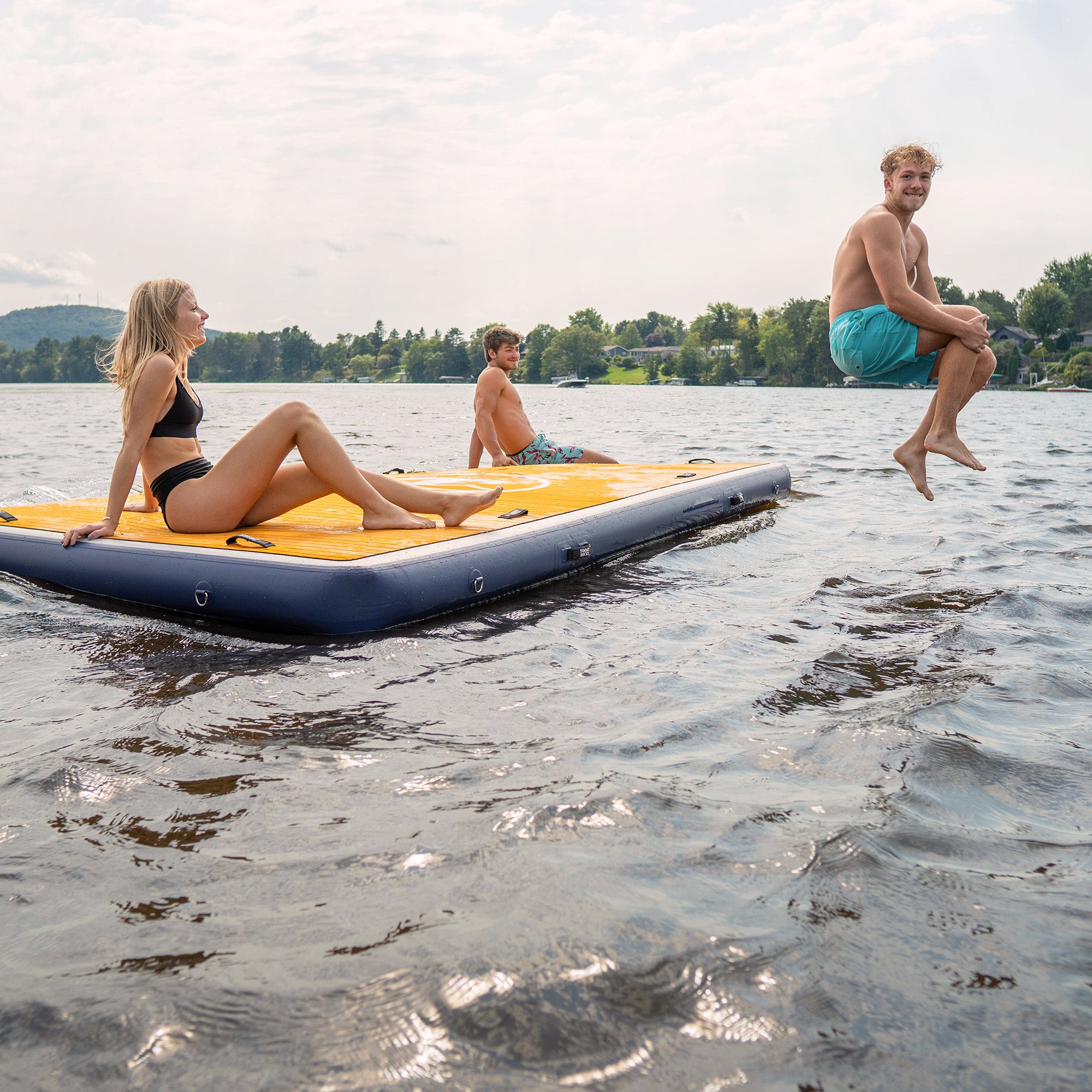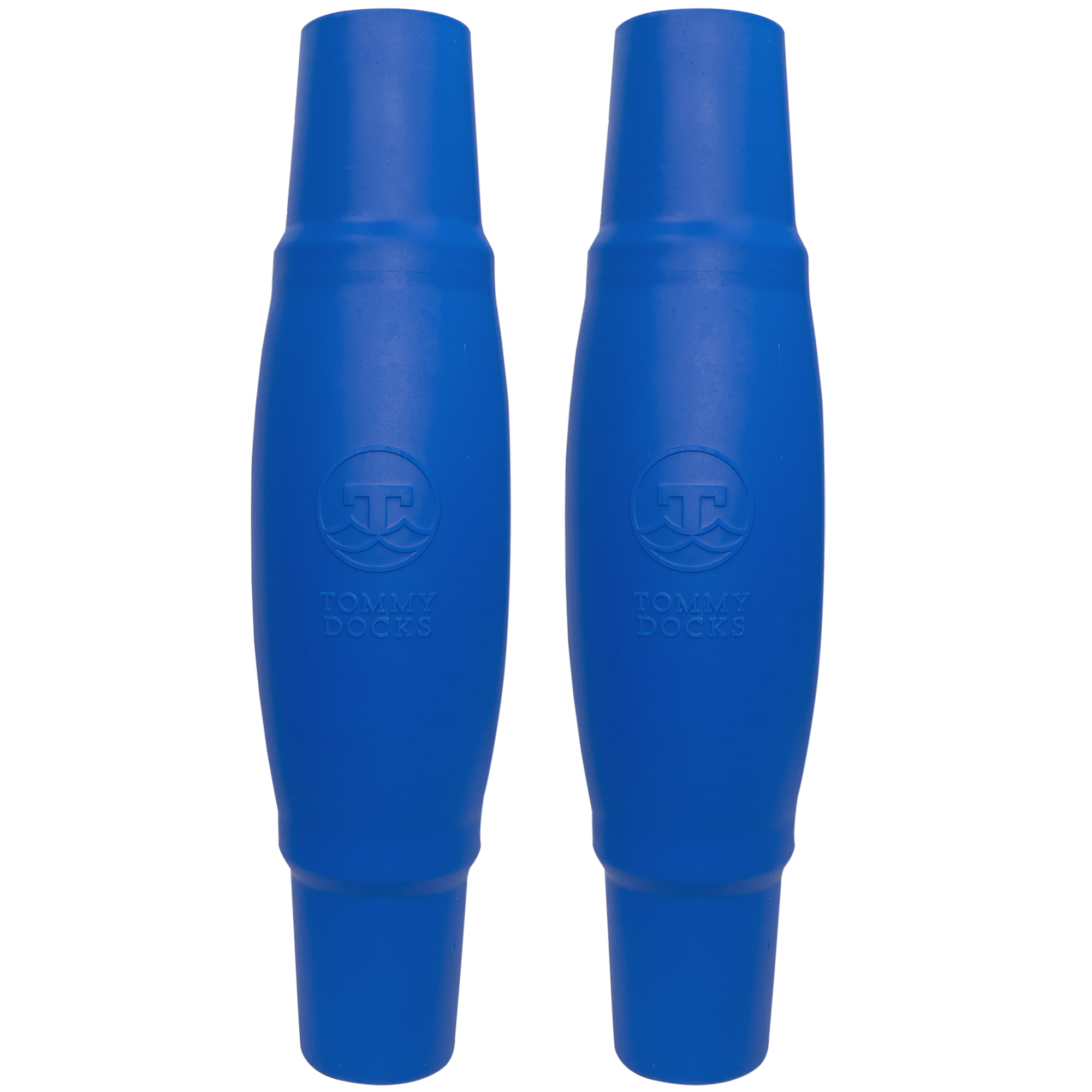
While most people are ashore during the winter months, there are still plenty out there using docks and hitting the water, despite the weather. Whether you’re doing some ice fishing or just enjoying a nice view of the frozen lake, you need to make sure that your dock is prepared and you are protected, no matter the weather. Here are seven tips to keep you safe and keep your dock in great shape.
Choose the Right Protectant
Sealing and winterizing your dock means protecting the materials from the elements. If you have a wooden dock, you’re going to want to treat the wood and make sure that you have de-icer on hand. If your dock is made of composite materials, you will have to consider different protective measures for the winter months.
One thing that you can do is to add treads or grip tape to your dock if it doesn’t come with that already. You should check out the winterization products and items on the market to see what else you can find to make it safer, too. Think about slips, falls, and protecting the dock from the ice as much as you’re protecting yourself.
Determine Whether Your Dock Needs to be Removed
Some docks just have to come out of the water in the winter—there’s no question about it. If you’re not sure, ask yourself the following questions:
- Will there be a lot of ice buildup?
- Is there natural protection from waves and wind?
- Are rocks going to be an issue when water levels are low?
Think about how protected your dock will be. In most cases, it’s okay to leave. However, smaller docks and those in areas with harsh winters will need to come out of the water.
See What Others are Doing
There are plenty who have come before you who are out there enjoying the water or spending time on their docks even during the winter months. You’re not the first. Ask other boaters how they enjoy the winter and stay safe, and how long it’s safe to even be out on the water in the first place. It may be that you can safely boat all year, so long as you check ice forecasts, frost advisories, wave reports, and other conditions.
Speaking of Checking Forecasts
The best way that you can be safe on the water, during any month, is to check the weather forecasts. You may think this is common knowledge, but a lot of people don’t even follow the forecasts in the first place. Take advantage of all of the technology and weather radar out there and read up on the boating forecast and water conditions for the coming weeks and months, and even on a daily basis. Check things like:
- Wave reports and possible swells
- Riptides and dangerous currents
- Ice buildup and potential ice damage
- Frost reports and freeze warnings (you might need de-icer for your dock)
When you’re prepared for the weather, you will find that it’s easier to enjoy time on your dock, whether you’re using it to hit the water or just enjoy the view.
Choose a Dock Material That’s Winter-Proof
Of course, no material is completely invincible. However, the new materials used for modern docks are designed to stand up to a lot more than the average wooden dock. Take the time to explore your options when you are first buying a dock or upgrading to a new one so that you can choose one that’s ready for all the different kinds of weather it may face. Even if you just want a composite dock that can stand up to ice and snow, they’re out there.
Follow Local Laws
Every locality has its own laws and regulations regarding docking, dock removal, and winter usage of the waterways and storage of vessels. Some have more lenient rules, while others will require you to follow them to the letter. If you don’t want to have to quit using your dock on October 1, make sure that you don’t boat in an area where that’s required. Again, this is more about foresight when you are first setting up, but there’s no rule saying you can’t pick a different docking spot.
If you are building a dock on your property, you may not have as much flexibility here, but following the laws will ensure that you’re ready for winter and anything else that comes your way.
Maintain the Dock
When it snows, get out there and shovel. When it’s icy, put down some de-icer. Treat your dock just like your driveway or sidewalks at home and you will be rewarded with one that lasts for several years to come. No one likes maintenance, of course, but it’s part of the job. You could just trudge through the snow and ice and hit the water, but that is going to allow it to sit on the dock and buildup, leading to potential water damage and other issues. Just keep it clean, and it will be safer for everyone, too.
Again, besides snow and ice removal, there may be other winterization tips that you can find that allow you to still enjoy your dock while protecting it from the elements. Look to your peers for assistance and see how they’re making the most of their dock ownership.
Winter Is No Longer the End
For some, winter used to be the time to pack it in and put everything away until spring, when the weather breaks and you can enjoy the water again. However, more people today are extending their boating season because of the unpredictable climates that they live in. with these tips, it will be easy for you to enjoy your time on the water, no matter where you live or what season it is. For more help with year-round dock enjoyment or to upgrade yours, talk to the pros at Tommy Docks. We have the best DIY dock solutions and the advice and tips that you need to make the most of your time on the water.
Contact Tommy Docks today for any of your Dock Kits, Dock Hardware, or Dock Accessory needs!

